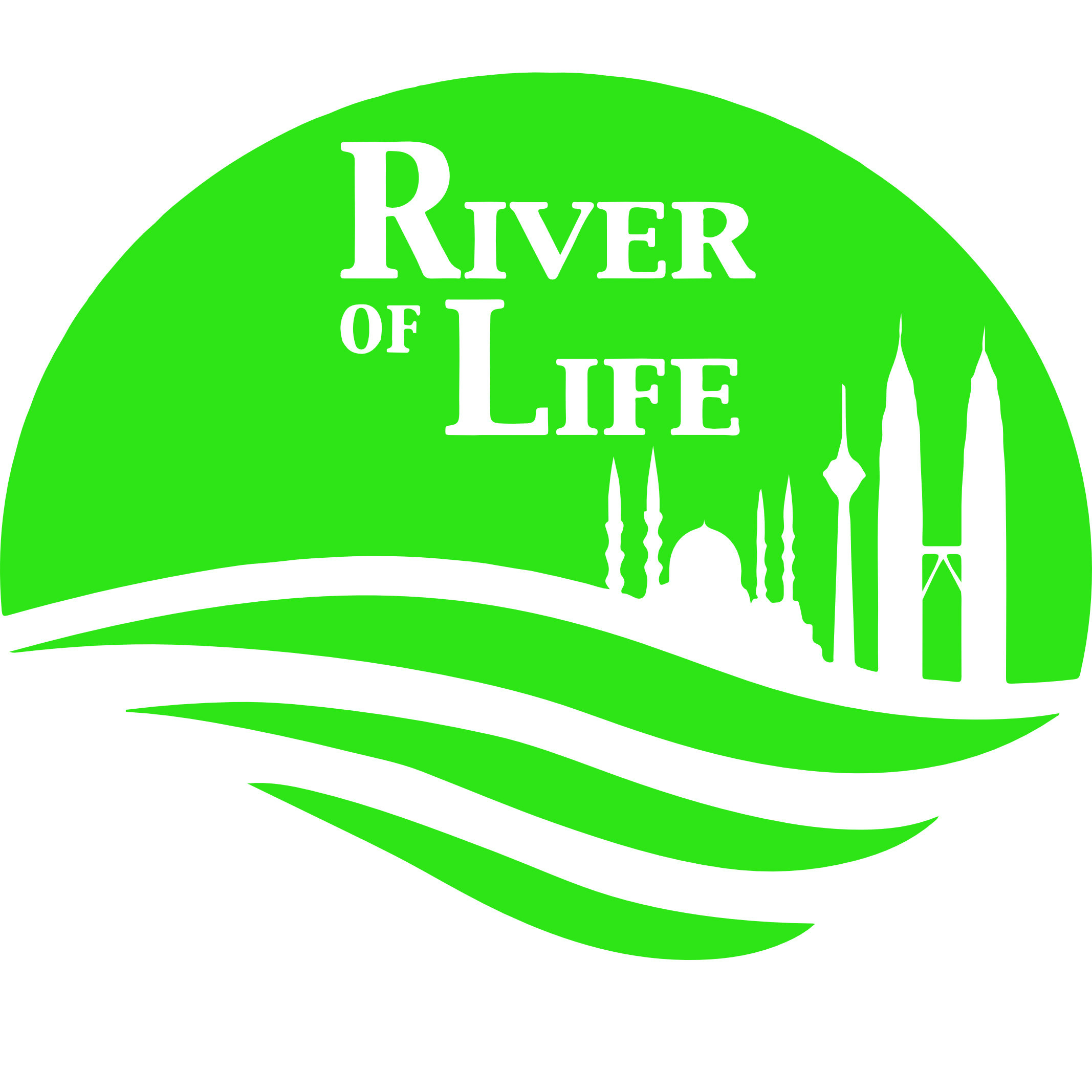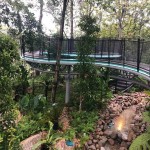There are 11 Heritage sites highlighted by the Kuala Lumpur Tourism Bureau ( http:// www .visitkl.gov.my/visitklv2/document/files/tourguide/Front.pdf ). Bangunan Sultan Abdul Samad, The Merdeka Square, The Cathedral Of St Mary and Victorian Fountain is part of the landmarks built during the British Administration Era in Kuala Lumpur. Malay housing area nearby the centre city would be Kg Baru, with a sumptuous spreads of dining area. There are also Little India in Brickfields which features the beautiful Indian decorated walkway and Pasar Seni which you can find Malaysians Multi ethnics crafts for sale.
There is also Sin Sze Si Ya Temple – oldest Taoist temple in KL in Jalan Tun H.S Lee. The temple was founded in 1864 by Kapitan Yap Ah Loy to honour patron deities Sze Si Ya and Sin Si Ya, who assisted him during the Selangor Civil War. Visitors of the temple, just a short 3-minute walk from Central Market, will get to spot shrines to the two here, as they’re believed to be based on real-life commanders. This includes two procession sedan chairs used to carry their statues, said to be over 100 years old each.
1. Kuala Lumpur City Gallery
Magnificent Moghul-India inspired building constructed in 1898 to meet printing needs of the then British Malaya Administration. Cast iron columns and trusses formed the base of the structure support system so it could have large interior to fit large printing press machines.

2. Music Museum
Built in 1919, this three storey symmetrical building with a protruding porch and arches on the ground floor level expresses Mogul architecture eloquently. Formerly the Chartered Bank building.

3. Merdeka Square
Once known as the Selangor Padang, this vast lawn was the cricket pitch for the Royal Selangor Club. The field was officially renamed 'Dataran Merdeka' on 1 January 1990.

4. The Former Union Jack Flagpole
Located on the west side of the Merdeka Square is the site of the flag pole where the Union Jack was lowered for the last time on midnight of 30th August 1957 and Malaya became independent.

5. Victorian Fountain
Built in 1904 and formerly known as Queen Victoria Fountain, the Victorian Fountain was brought in from England and assembled in Kuala Lumpur. It features some lovely Art Nouveau tile work.

6. National Textile Musuem
A uniquely designed building, built in 1905, with alternating red bricks and white plaster bands and an Islamic style façade with raised onion-shaped domes derived from Moghul architecture. It now houses the National Textile Museum, showcasing the origins, development and techniques of local textiles and the role they have had in the rich and diverse heritage of Malaysia.

7. Sultan Abdul Samad Building
The building used to house the Federated Malay States administration in 1897, then the High Court and Supreme Court in 1972. The Islamic Mughal-inspired architecture features clock tower and has become an icon of the city's heritage.

8. City Theather - Panggung Bandaraya
Formerly the City Hall, built in 1896 by Architect: A.B. Hubback, it now houses the MUD Theatre showing the cultural and historic musical celebrating the spirit of Kuala Lumpur.

9. Former High Court Building
This Moorish building with four towers was constructed in 1909, now houses the Ministry of Tourism and Culture.

10. The Cathedral of St. Mary
This is the first brick church in the Federated Malay States and is also one of the oldest Anglican church in the region, built in 1894.

11. Royal Selangor Club
The Royal Selangor Club was established in 1884 serving as social and cricket club for the growing expatriate community then. The main building is of a mock Tudor styling nicknamed the 'Spotted Dog" as two Dalmations belonging to the wife of one of the founders were left to guard the entrance of the club.






 Unhappy
Unhappy
 Neutral
Neutral
 Satisfied
Satisfied